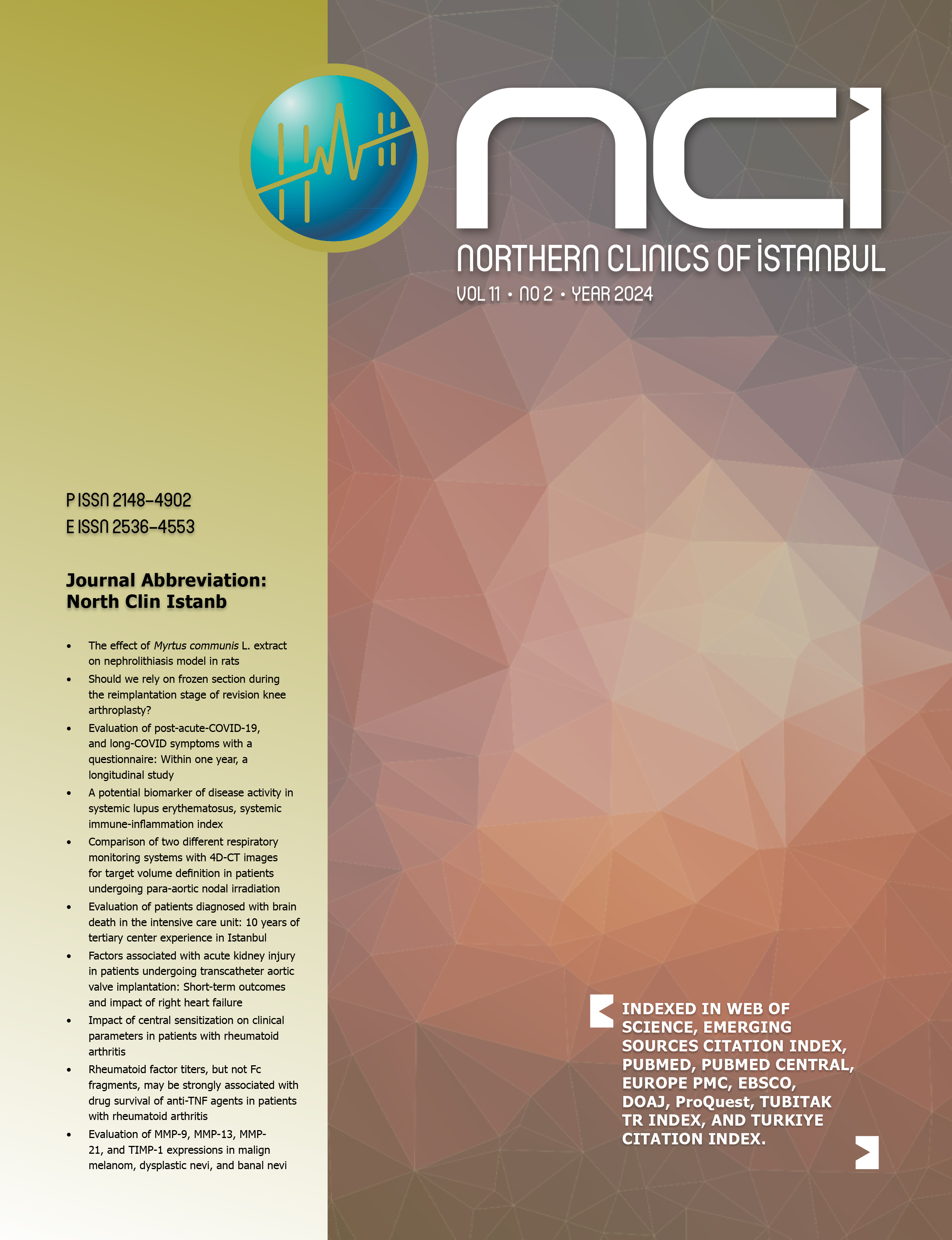46 XX male syndrome with hypogonadotropic hypogonadism: A case report
Mehmet M Yalçın1, Çiğdem Özkan1, Müjde Aktürk1, Ferda Perçin2, Alev Eroğlu Altınova1, Ayhan Karakoç1, Göksun Ayvaz1, Nuri Çakır11Department of Endocrinology and Metabolism, Gazi University Faculty of Medicine, Ankara, Turkey2Department of Medical Genetics, Gazi University Faculty of Medicine, Ankara, Turkey
We report a 46 XX male syndrome diagnosed after failure of gonadotropin therapy taken for hypogonadotropic hypogonadism due to a pituitary macroadenoma. A 39-year-old man with a non-functioning pituitary macroadenoma was admitted to our clinic due to vision loss and infertility. After pituitary surgery, vision loss improved while infertility still existed. Low testosterone levels without elevated gonadotropins were established suggesting hypogonadotropic hypogonadism due to pituitary adenoma. Gonadotropin treatment was initiated. There was no response to treatment after 12 months. A karyotype analysis was ordered to investigate other causes of infertility. Karyotype analysis showed a 46 XX male syndrome that can explain the failure of gonadotropin therapy. Testosterone therapy was started instead of gonadotropin therapy. 46 XX male syndrome usually presents with hypergonadotropic hypogonadism. However, in our case, it presented with hypogonadotropic hypogonadism due to pituitary mass not responding to gonadotropin therapy. It is important to keep in mind to obtain a genetic analysis of patients whose gonadotropin therapy failed, even if their gonadotropin levels are not elevated.
Keywords: Hypogonadism, infertility; 46 XX male.Manuscript Language: English





















